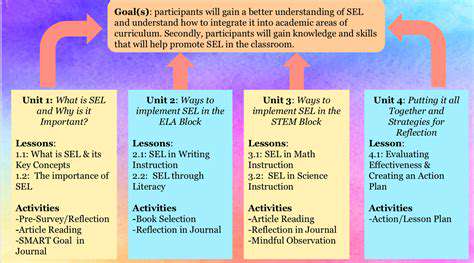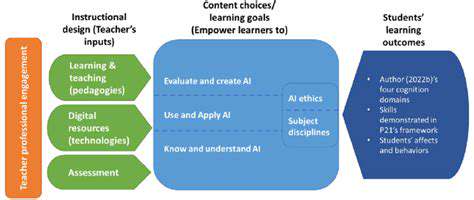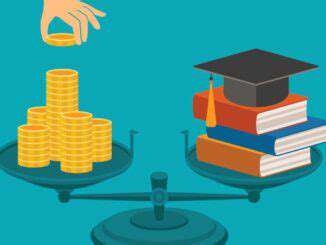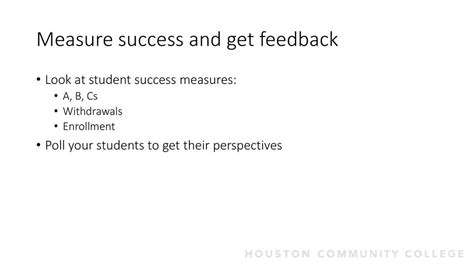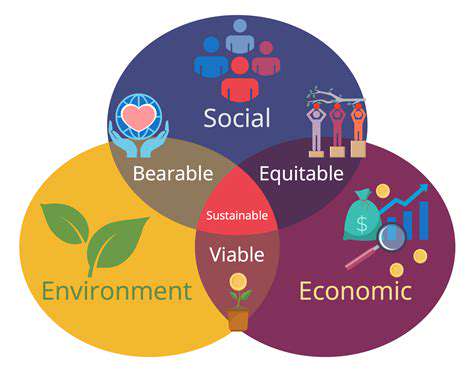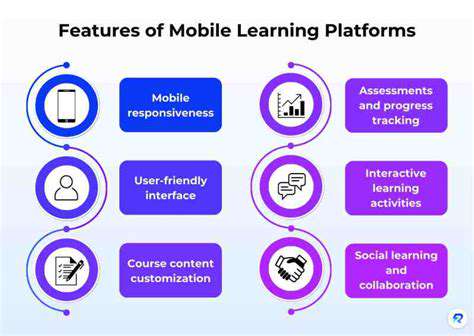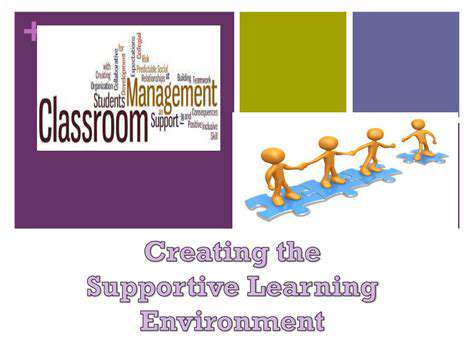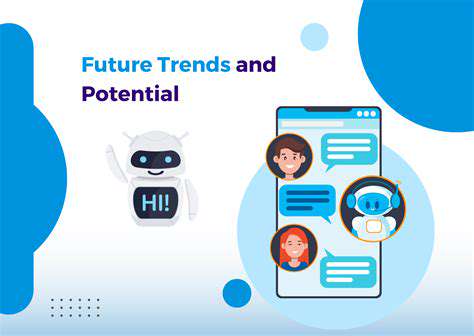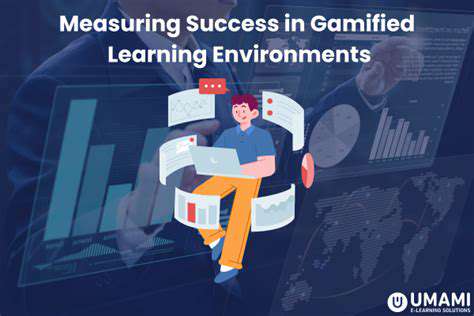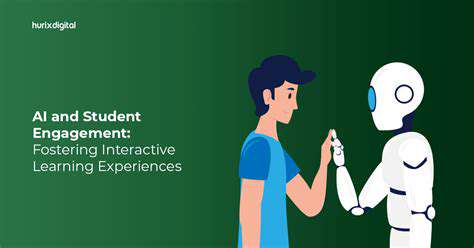The Rise of AI Powered Learning Analytics
Improving Instructional Strategies: Data-Driven Decisions for Educators
Understanding the Importance of Data in Education
Modern education is undergoing a transformation, fueled by the strategic use of data. When teachers gather and examine information about how students perform, their preferred ways of learning, and classroom interactions, they gain powerful tools to enhance their teaching. This approach enables educators to customize lessons, creating more dynamic and effective learning experiences. By recognizing both individual student capabilities and overall class trends, instructors can refine their methods, select better materials, and adjust pacing to help every learner succeed.
Looking beyond single students, data reveals broader patterns across entire classrooms or schools. Educators can spot topics where many students face difficulties and then develop focused solutions. For instance, if numerous learners consistently misunderstand a concept, the teacher might try new explanations, consult with peers, or find alternative teaching resources. Using data in this way helps teachers anticipate challenges and build stronger support systems for their classes.
Implementing Data-Driven Strategies in the Classroom
Bringing data-driven methods into teaching requires thoughtful preparation. Educators must determine which specific metrics align with their goals, whether tracking test results, evaluating responses to activities, or monitoring engagement during lessons. It's crucial to balance data collection with ethical considerations, always protecting student privacy. Schools should choose analysis tools that integrate smoothly with existing systems while remaining user-friendly. Adopting this approach means shifting from instinct-based teaching to practices grounded in clear evidence.
After gathering and reviewing data, teachers can implement precise adjustments to their instruction. This might involve redesigning lessons, offering extra help where needed, or introducing varied learning exercises. Keeping parents informed about their child's development and the supportive measures in place is essential. Working with fellow educators creates a united front, ensuring all staff members understand student requirements and collaborate to enhance teaching quality.
Analyzing and Interpreting Data for Effective Instruction
Making sense of educational data demands careful attention and the ability to distinguish meaningful patterns from isolated incidents. Teachers should view analysis as an ongoing cycle of evaluation and refinement rather than a single task. True understanding comes from considering diverse influences on learning, including economic circumstances, cultural perspectives, and individual preferences. The ultimate goal is identifying practical steps to improve the educational experience for every student.
Effective data review involves more than pinpointing difficulties—it's equally important to acknowledge achievements and understand what produced positive results. This balanced perspective helps instructors continuously enhance their methods. By valuing data as a guide for teaching decisions, educators can develop classrooms that actively respond to student needs, promoting consistent academic growth. Regular analysis allows for progressively better strategies tailored to learners' changing requirements.
The Future of Education: A Personalized and Data-Driven Approach
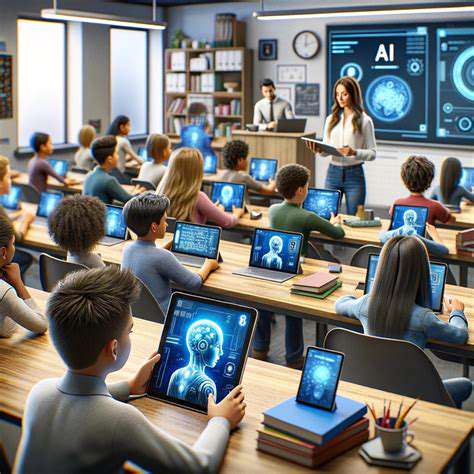
The Evolving Learner
Tomorrow's education must move beyond standardized instruction toward customized learning journeys designed for individual abilities and preferences. Recognizing that each student brings distinct talents, challenges, and sources of motivation is fundamental to creating meaningful educational experiences. Future classrooms will need remarkable flexibility to accommodate how different learners progress and evolve.
True personalization extends beyond content adjustment to reshape the entire learning ecosystem. Educational materials must adapt seamlessly to visual, hands-on, auditory, and other learning styles, ensuring no student gets left behind. This comprehensive strategy will cultivate more welcoming and effective educational spaces for diverse learners.
Technology Integration
Digital tools are transitioning from optional extras to essential educational components. Expect to see more virtual reality environments, interactive models, and intelligent learning systems in classrooms. These innovations won't just make lessons more interesting—they'll enable precise, individualized guidance tailored to each student's progress. Teachers' responsibilities will evolve from information delivery to becoming learning navigators who help students explore digital knowledge landscapes.
Successful technology adoption depends on solving access inequality and building digital skills across all student populations. Ensuring every learner can participate in tech-enhanced education remains a critical challenge.
Personalized Learning Paths
Custom educational trajectories will let students advance according to their own rhythms while concentrating on areas needing reinforcement. This method encourages learners to steer their academic development and dive deeper into subjects that fascinate them. Smart learning systems will detect knowledge gaps and deliver focused assistance to help students master difficult concepts.
Assessment and Feedback
Evaluation methods will expand to measure diverse learning achievements. The focus will shift from testing memorized facts to assessing analytical abilities, creative problem-solving, and innovative thinking. Regular, meaningful feedback—provided promptly and supportively—will become vital for helping students recognize their progress and identify improvement areas.
Future assessments will offer more than scores—they'll provide concrete suggestions for growth while encouraging students to reflect on their learning processes. This approach transforms learners into active partners in their educational development.
The Role of the Educator
Teachers will increasingly serve as learning architects rather than information sources. Their expertise will lie in crafting stimulating educational environments, promoting teamwork, and mentoring students through personalized learning adventures. The most effective educators will master technological tools, design customized learning experiences, and deliver guidance that empowers young minds.
Future Skills and Employability
Education must prioritize abilities crucial for modern careers: critical analysis, creative solutions, teamwork, and adaptable thinking. Schools that emphasize hands-on learning and real-world challenges will best prepare students for professional success. Moving beyond memorization toward active, project-based learning experiences represents the path forward.
Read more about The Rise of AI Powered Learning Analytics
Hot Recommendations
- The Gamified Parent Teacher Conference: Engaging Stakeholders
- Gamification in Education: Making Learning Irresistibly Fun
- The Future of School Libraries: AI for Personalized Recommendations
- EdTech and the Future of Creative Industries
- Empowering Student Choice: The Core of Personalized Learning
- Building Community in a Hybrid Learning Setting
- VR for Special Education: Tailored Immersive Experiences
- Measuring the True Value of EdTech: Beyond Adoption Rates
- Addressing Digital Divide in AI Educational Access
- Preparing the Workforce for AI Integration in Their Careers

